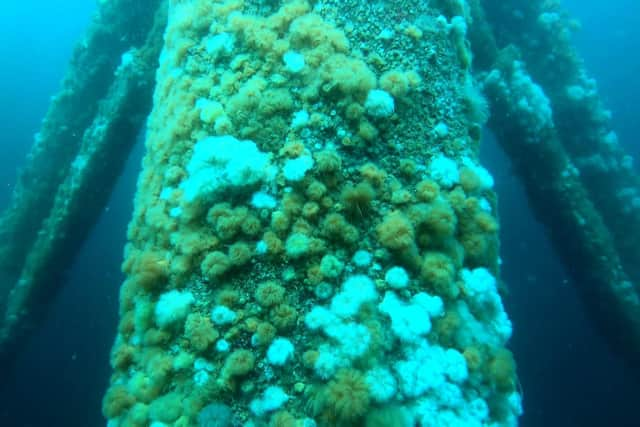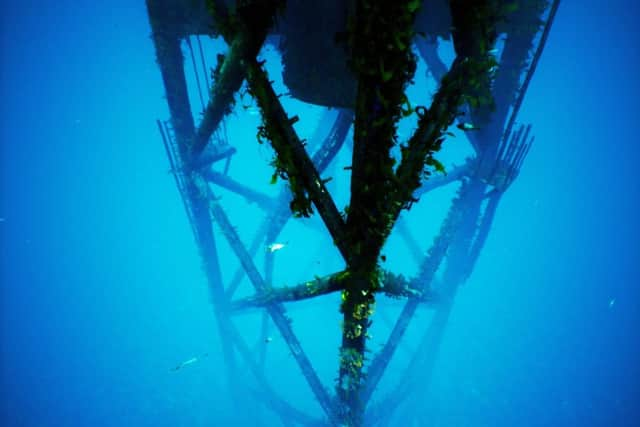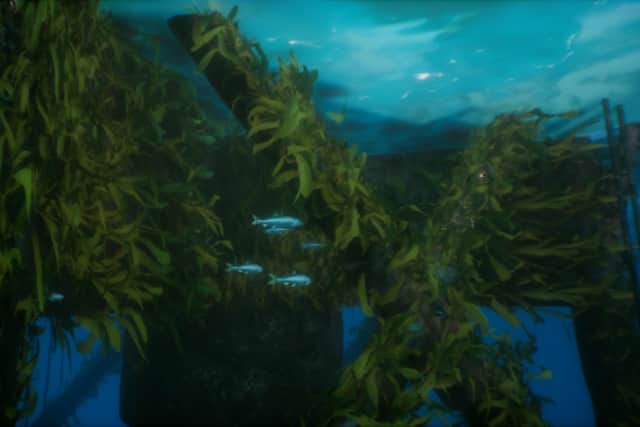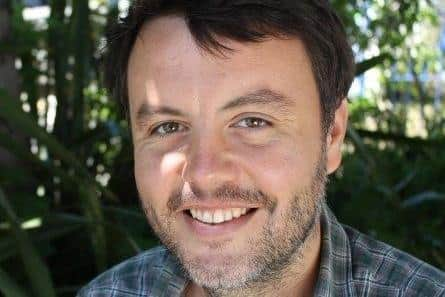Edinburgh Science Festival: Discover how oil rigs and offshore wind turbines are providing new homes for marine life in the North Sea
Ever wondered what effects underwater structures like offshore wind turbine foundations and oil rig platforms have on the marine environment in Scotland?
Now you can find out, thanks to a special event taking place in the Scottish capital as part of Edinburgh Science Festival.
Advertisement
Hide AdAdvertisement
Hide AdVisitors will have the chance to discover for themselves some of the insights of a real-life scientific research project which is examining the wildlife found growing on subsea installations via a virtual reality experience.
They will also be able to step into the shoes of scientists working on the study, with the chance to try driving one of the remote-controlled submarines (ROVs) used to capture underwater images.
The unique event is being staged by the Scottish Association for Marine Science (Sams), which is behind the North Sea 3D project, at Dynamic Earth science centre.
Sea anemones, barnacles, mussels and cold-water corals are among the creatures which have adapted to the manmade environment, creating artificial reefs in places where nature could not support them.


The project will provide new insights into these marine habitats and help guide future oil rig decommissioning work and development of offshore renewables schemes.
Benthic ecologist Joe Marlow, a postdoctoral researcher at Sams, is part of the team involved in the North Sea 3D project.
“The event is all about highlighting the wealth of marine life that grows directly on, and is associated with, the energy structures that we put in our seas – which effectively are a huge network of artificial reefs,” he said.
“It’s a side to offshore energy production that we think is probably rarely considered by the public.


Advertisement
Hide AdAdvertisement
Hide Ad“The exhibit is based around our four-year research project North Sea 3D, which takes ROV footage from offshore industry and uses it to create three-dimensional models of the underwater structures and the life that grows on them.
“Most of the North Sea has a seabed comprised of soft or mobile sediments – sand, mud or gravel – so the installation of large steel or concrete structures allows species that need a hard substrate, normally rocks, to grow in these areas.
“Some of these structures have been in place since the 1970s and have thriving and diverse ecosystems associated with them.


“In the northern and deeper parts of the North Sea this includes extensive cold-water coral reefs.
“We will have screens showing footage from actual ROV surveys, and coral – now sadly dead – taken from the structures when they were brought in for decommissioning.
“The central part of the event is a VR experience.
“We’ve collaborated with students at the University of Arts London, who have created a virtual underwater offshore platform that the public can explore.
“We also want people to have a little experience of what it is like to be a modern marine scientist, so we also have a remote ROV driving exhibit on site.”


And nervous drivers can relax as they navigate the obstacle course – no sealife will be harmed.
The ROV will be safely contained in a large test tank at Sams HQ in Oban, with visitors able to operate it from Edinburgh.
North Sea 3D is free to enter, on 12 April at Dynamic Earth.
Comments
Want to join the conversation? Please or to comment on this article.